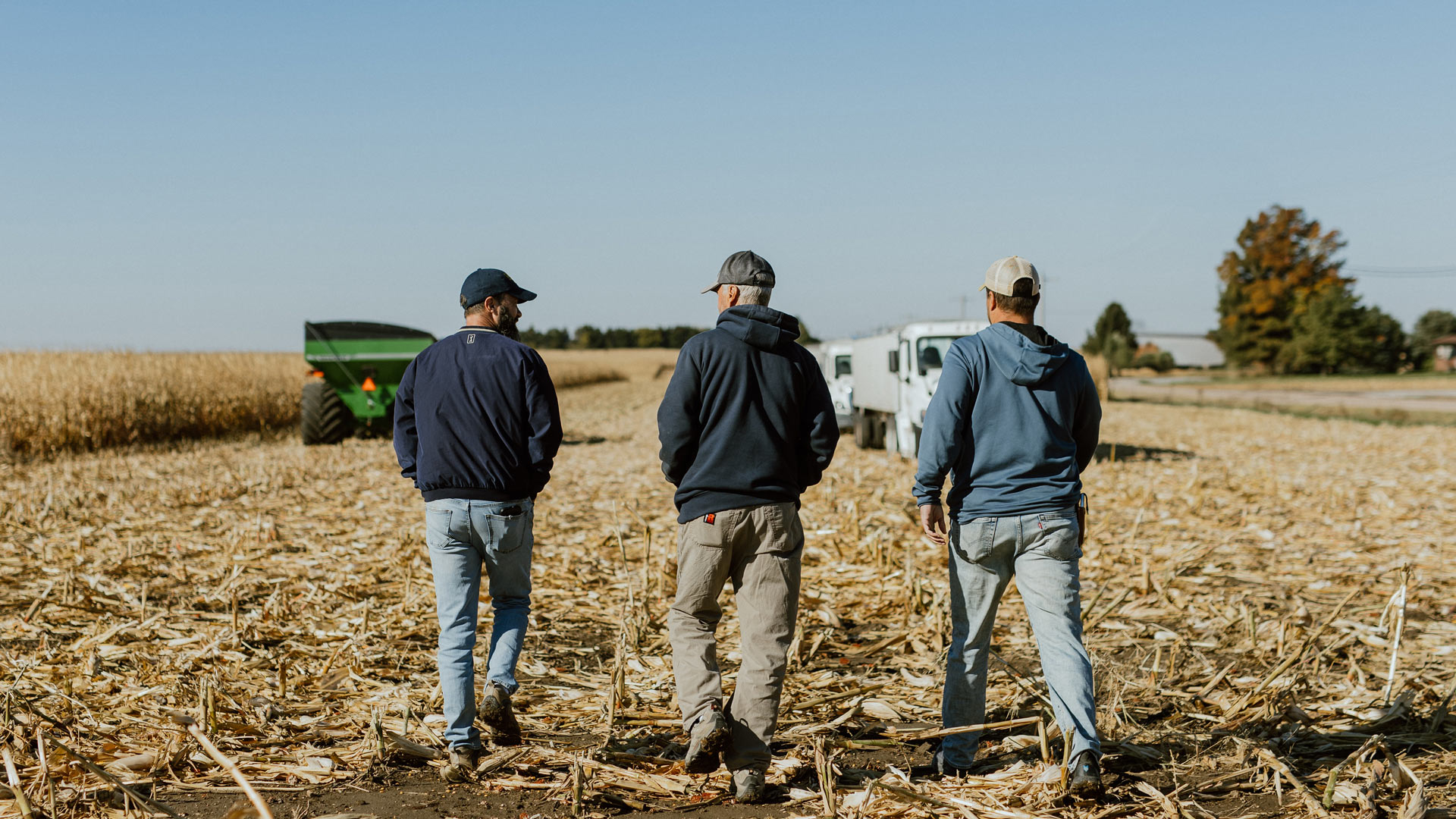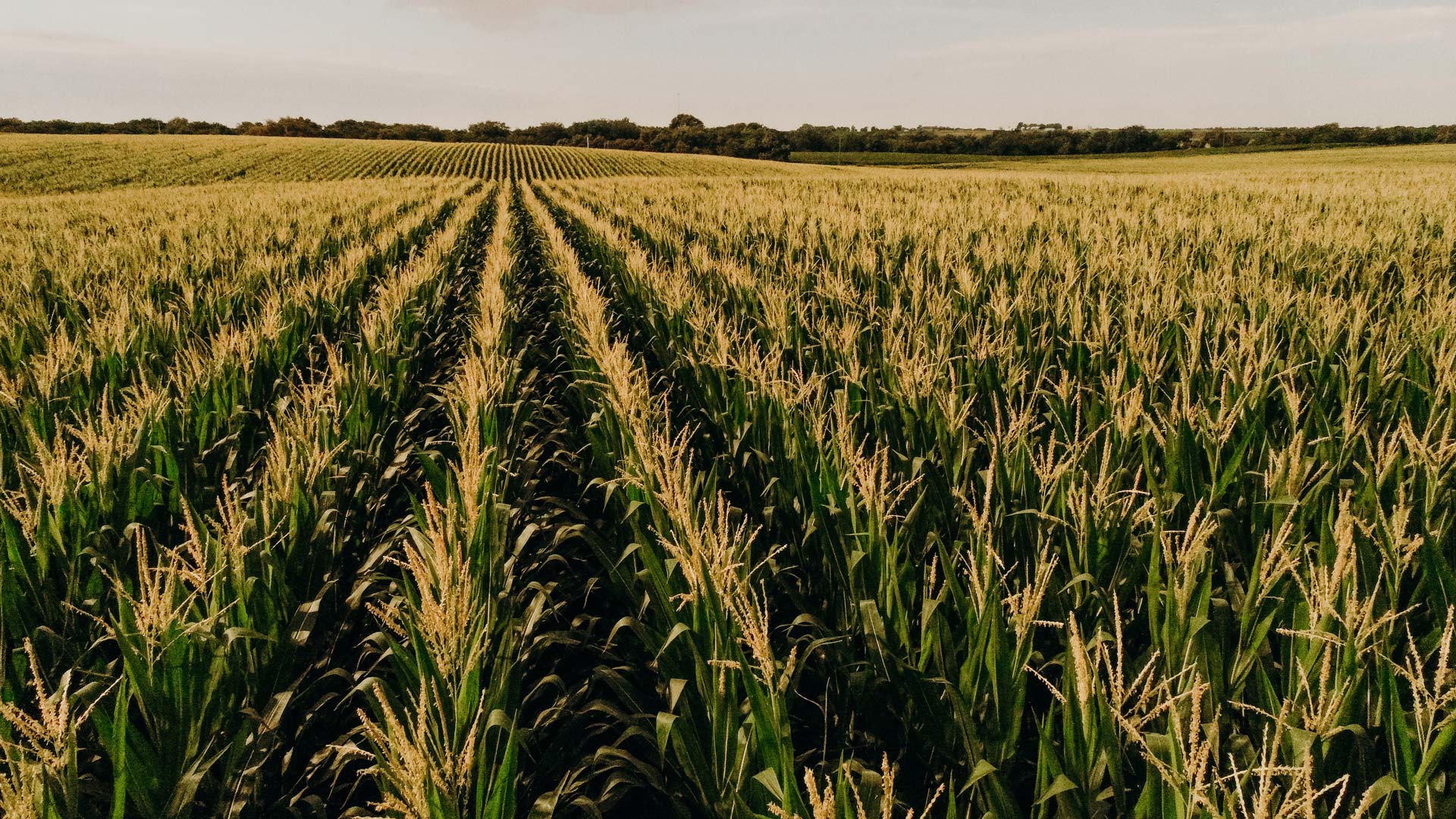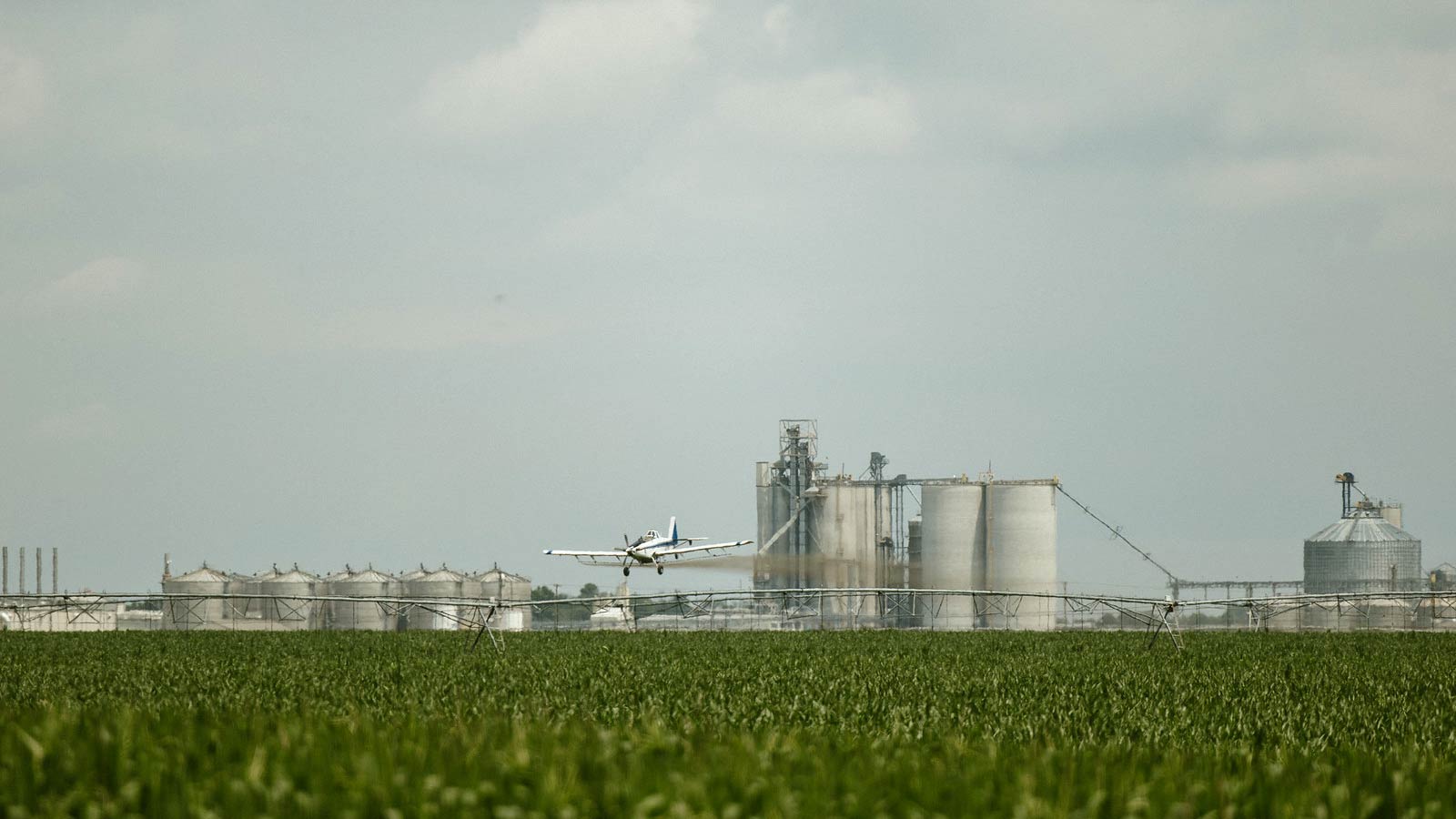Nebraska’s corn farmers use many strategies to raise abundant crops while also protecting the environment. One of these sustainable farming practices is to use no-till farming methods.
Sometimes called zero tillage farming, no-till farming is a technique used to grow corn and other crops with minimal disturbance to the soil. No-till farming is a sustainable farming practice that provides several benefits for the soil and the insects and organisms that live within it.
Farmers across the country grow corn and other crops using no-till farming. In 2022, Nebraska ranked second in the country by number of acres farmed using no-till farming techniques—with more than 10.1 million acres. And as no-till farming has expanded in Nebraska over the past few years, the state currently leads the nation in no-till acres!
How does no-till farming work? What benefits does it provide for Nebraska farmers? Here’s a closer look at no-till farming in Nebraska.
Till vs. No-Till Farming
Conventional farming uses discs to till—which means to mix or turn over—the top layer of soil in a field. Farmers then plant corn seeds into the freshly worked soil. Some farmers see discing as a way to start fresh for the season ahead. It’s a large-scale version of the way many home gardeners prepare and plant their gardens in the spring.
On the other hand, no-till farming gets its name because farmers do not till their fields when planting crops using this method. Instead, they use specialized equipment to plant seeds in an unplowed field.
Benefits of No-Till Farming
No-till farming provides several benefits for the soil and climate. While this is mainly due to reduced disturbance of the soil, there also are other advantages.
No-till farming benefits include:
- Improves soil health: No-till farming methods improve soil health by maintaining soil structure, promoting water filtration and reducing compaction. Because this method disturbs very little topsoil, it also promotes sequestration of carbon in the soil by preventing carbon dioxide from entering the atmosphere.
- Reduces soil erosion: By leaving so much of the top layer of soil in a field undisturbed, no-till farming helps reduce the soil from being blown by wind or washed away by heavy rains.
- Reduces emissions: Because a no-till farmer doesn’t plow the field, this strategy can help reduce emissions normally produced by a tractor pulling tillage equipment through the fields before spring planting or after harvest in the fall.
- Protects and promotes biodiversity: By not tilling the soil, no-till farmers preserve the many beneficial bacteria, fungi, insects and microorganisms found in healthy soil.
No-Till Farming Techniques and Machinery
While corn is harvested the same whether it is grown using no-till techniques or conventional methods, no-till corn farming requires specialized planting equipment. There are multiple methods of planting corn without tilling a field, but most Nebraska farmers plant no-till corn using a specially modified planter.
Both no-till and conventional farming planters work the same—they cut a narrow strip in the soil, drop the seeds into the opening and cover the seeds up with soil. However, a no-till planter has a few adjustments. No-till planters must be strong enough to slice into untilled, potentially firmer ground and to place the corn seeds to the correct depth. In addition, some no-till planters are equipped with row cleaners, which look like spiked wheels and roll over the top of the ground. Row cleaners move any leftover residue from last year’s cash crop, or a cover crop, out of the way, so the planter can effectively cut into the soil and plant the corn seeds.
With so many benefits for the soil, no-till farming is a way for farmers in Nebraska to grow high-quality corn while also preserving natural resources for future generations. It adds to the sustainability of the state’s farms, building a strong future for corn growers and their communities.
Related Posts
How Precision Agriculture Takes Corn Farming into the Future
Precision agriculture is revolutionizing the way Nebraska corn farmers grow their crops. By using advanced technology and data analytics, growers are able to maximize yields while minimizing waste. This new approach is helping Nebraska [...]




